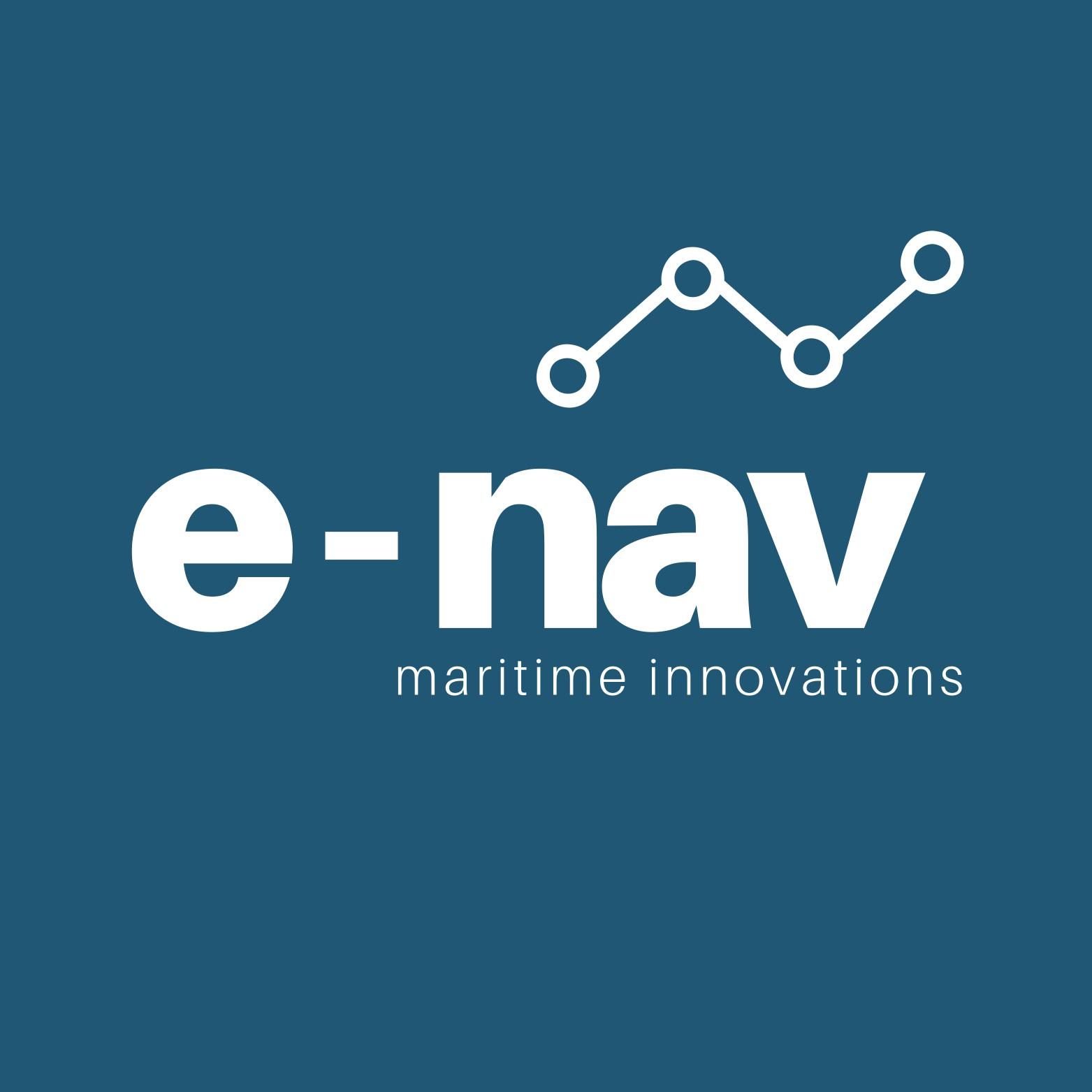The project will develop and demonstrate a sail plan service platform to optimise ship navigation at sea. E-NAV is a radical new evolution of our existing EU-funded sail planning platform (FP7 projects: Sectronic (GA# 218245), NavTronic (GA#234372), SpaceNav (GA#607371)) and major improvement on current operations. It is the first system to fully leverage the latest wealth of satellite Earth Observation (EO) data coming from the European Copernicus and related programmes.
Real-time satellite, terrestrial, aircraft and maritime data feeds supply E-NAV with weather conditions and sea states 24/7. It seamlessly integrates this remote data with local information on vessel speed, roll, yaw, pitch, hull stress, energy use, local currents, waves and winds. It leverages historical patterns from archived Copernicus data and uses machine learning to progressively improve the modelling framework. Data is collected and processed at a dedicated onshore repository centre (ORC) to maximise computational capacity and link directly to off-shore’s fleet managers, public authorities and others. The gap between predictions and real outcomes will gradually be reduced as E-NAV builds on crowd-sourced user data, self-improves and learns. E-NAV includes a training module with simulators and online gamification tools to teach navigators on the best-use of EO data for navigation. We improve the system by introducing newly available Copernicus data to the predictive process and develop training simulators for end users.
The concrete scientific and technical results to be achieved are listed below.
Scientific:
1. Novel mathematical models to fuse Copernicus data in our machine learning
2. Algorithms optimization to ensure efficient execution of E-NAV services when upscaling the system
Technical:
1. Modular and open APIs to continuously expand E-NAV service to increase the number of sail optimisation data feeds
2. 3D and virtual reality content immersive enough to leverage navigator’s education
 |
